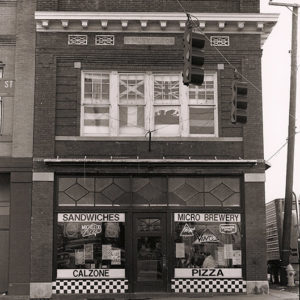 Vino's Entrance, 1994
Vino's Entrance, 1994
Entry Category: Arts
 Vino's Entrance, 1994
Vino's Entrance, 1994
 Vino's Entrance, 2022
Vino's Entrance, 2022
 Vino's Microbrewery Equipment
Vino's Microbrewery Equipment
 Vino's Ovens
Vino's Ovens
W. H. Allen House
W. H. Young House
 W. H. Young House
W. H. Young House
 W. H. Young House
W. H. Young House
 Wakarusa Music Festival
Wakarusa Music Festival
Wakely, James Clarence (Jimmy)
 Jimmy Wakely Comic
Jimmy Wakely Comic
Waldron Commercial Historic District
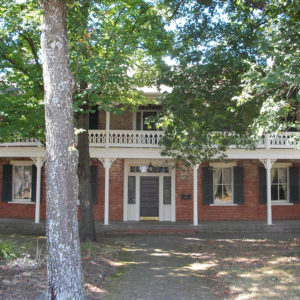 Walker-Stone House
Walker-Stone House
Walker-Stone House
 Wallace Building
Wallace Building
Walton Arts Center
 Walton Arts Center
Walton Arts Center
 Walton Arts Center Groundbreaking
Walton Arts Center Groundbreaking
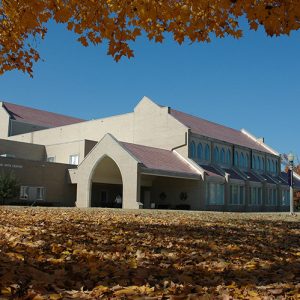 Walton Fine Arts Center
Walton Fine Arts Center
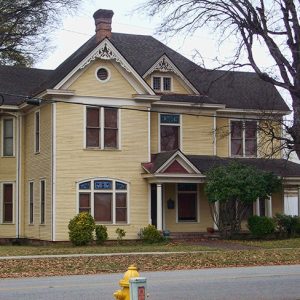 Walton House
Walton House
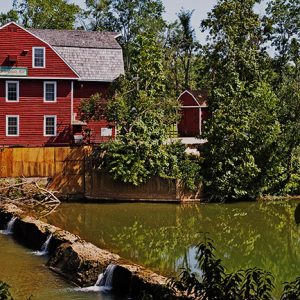 War Eagle Mill
War Eagle Mill
Ward, Essie Ann Treat
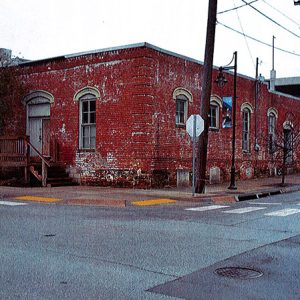 Warehouse Rear and Side View
Warehouse Rear and Side View
Warfield, William Caesar
Warrick, Michael
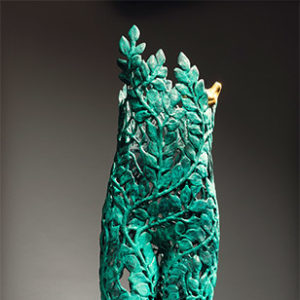 Youth
Youth
Washbourne, Edward Payson
Washington County Courthouse
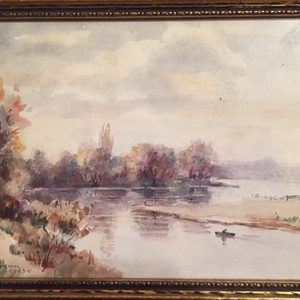 Watercolor
Watercolor
 Waters House
Waters House
Waters House
aka: Dr. Waters House
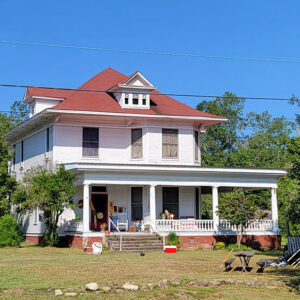 Waters House
Waters House
Webb, John Lee
Weekend Theater
 Weekend Theater
Weekend Theater
 Weinmann Mill Flour Sack
Weinmann Mill Flour Sack
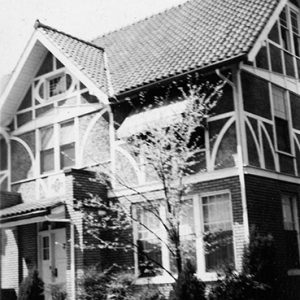 John F. Weinmann House, 1951
John F. Weinmann House, 1951
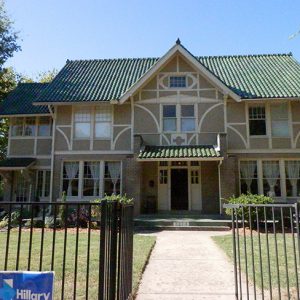 John F. Weinmann House
John F. Weinmann House
 John F. Weinmann House
John F. Weinmann House
 John F. Weinmann House
John F. Weinmann House
 Casey Bill Weldon
Casey Bill Weldon
Weldon, Casey Bill
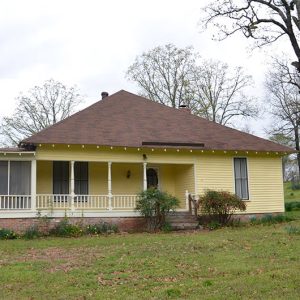 West-Blazer House
West-Blazer House
West-Blazer House
 West-Blazer House
West-Blazer House
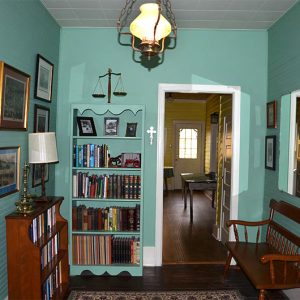 West-Blazer House Interior
West-Blazer House Interior
 West-Blazer House Interior
West-Blazer House Interior
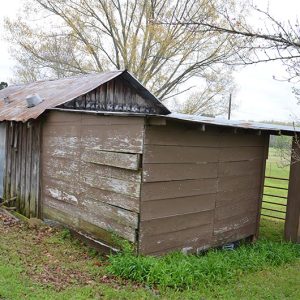 West-Blazer House Outbuildings
West-Blazer House Outbuildings
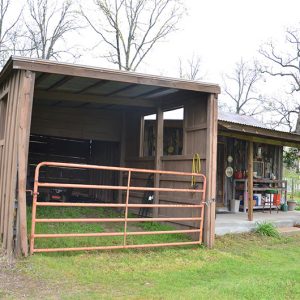 West-Blazer House Outbuildings
West-Blazer House Outbuildings
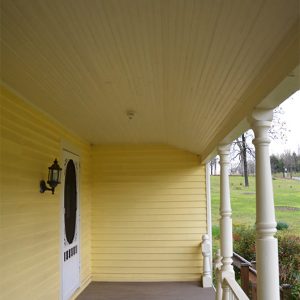 West-Blazer House Porch
West-Blazer House Porch




